
She Was a '70s Star but Became Homeless Trying to Save Her Daughter from a Deadly Illness – What Happened?
She built a solid acting career in the 1970s and never fully stepped away from the spotlight. Then she lost her sister in one of Hollywood's most public tragedies. Years later, she lost her finances as she tried to keep her daughter alive. By the time she was in her 70s, everything she had worked for was gone.
In the 1970s, the actress built a steady career in film and television, frequently appearing alongside familiar names and in high-profile roles. She supported her family while continuing to work, and for a time, lived in a comfortable home with her daughter and grandchildren.
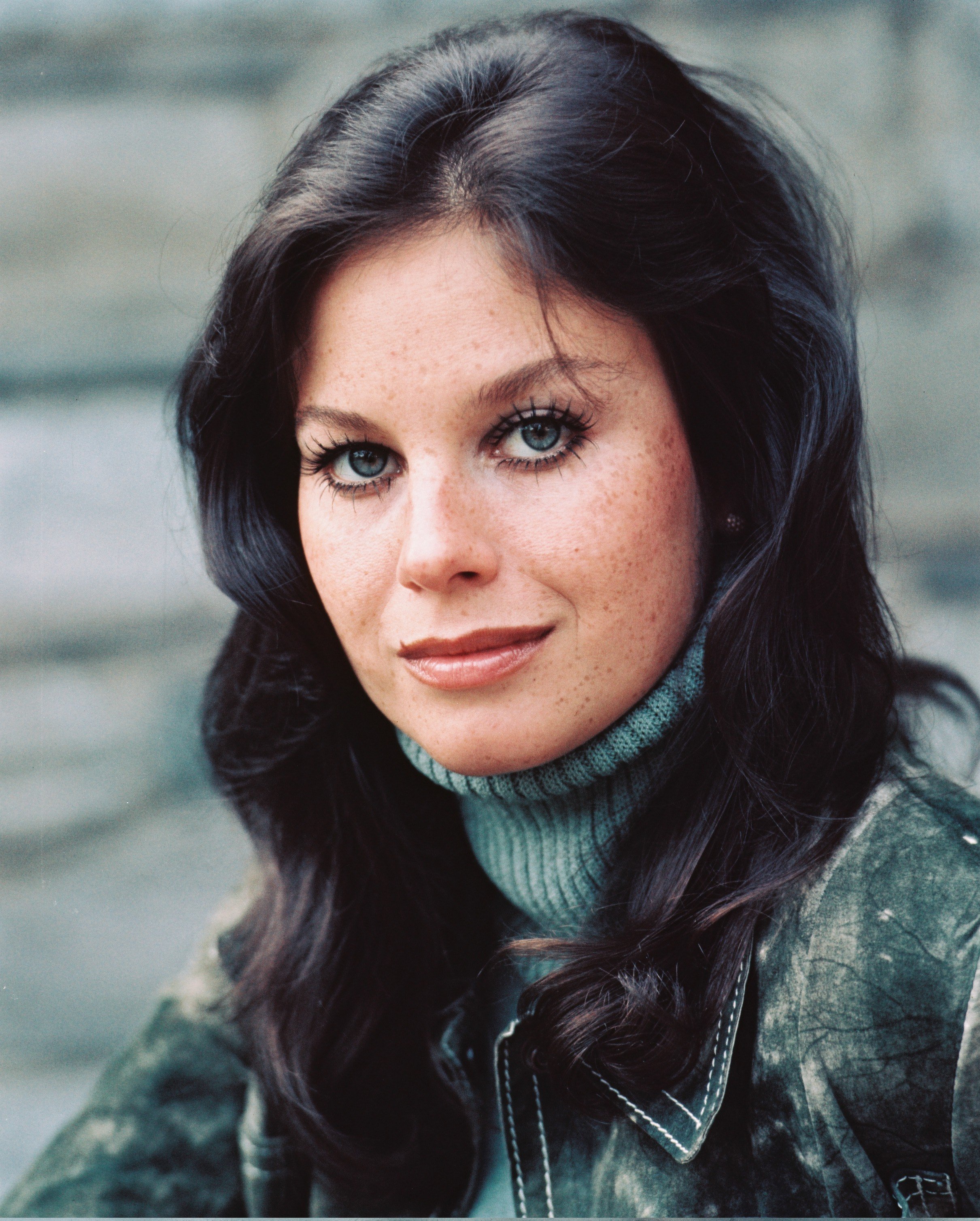
The actress photographed in 1970 | Source: Getty Images
That stability didn't last. When her daughter became seriously ill, treatment costs began to mount. As her daughter's condition worsened, she found herself facing eviction, with nowhere to turn. Caring for her family became a full-time fight for shelter, support, and survival.
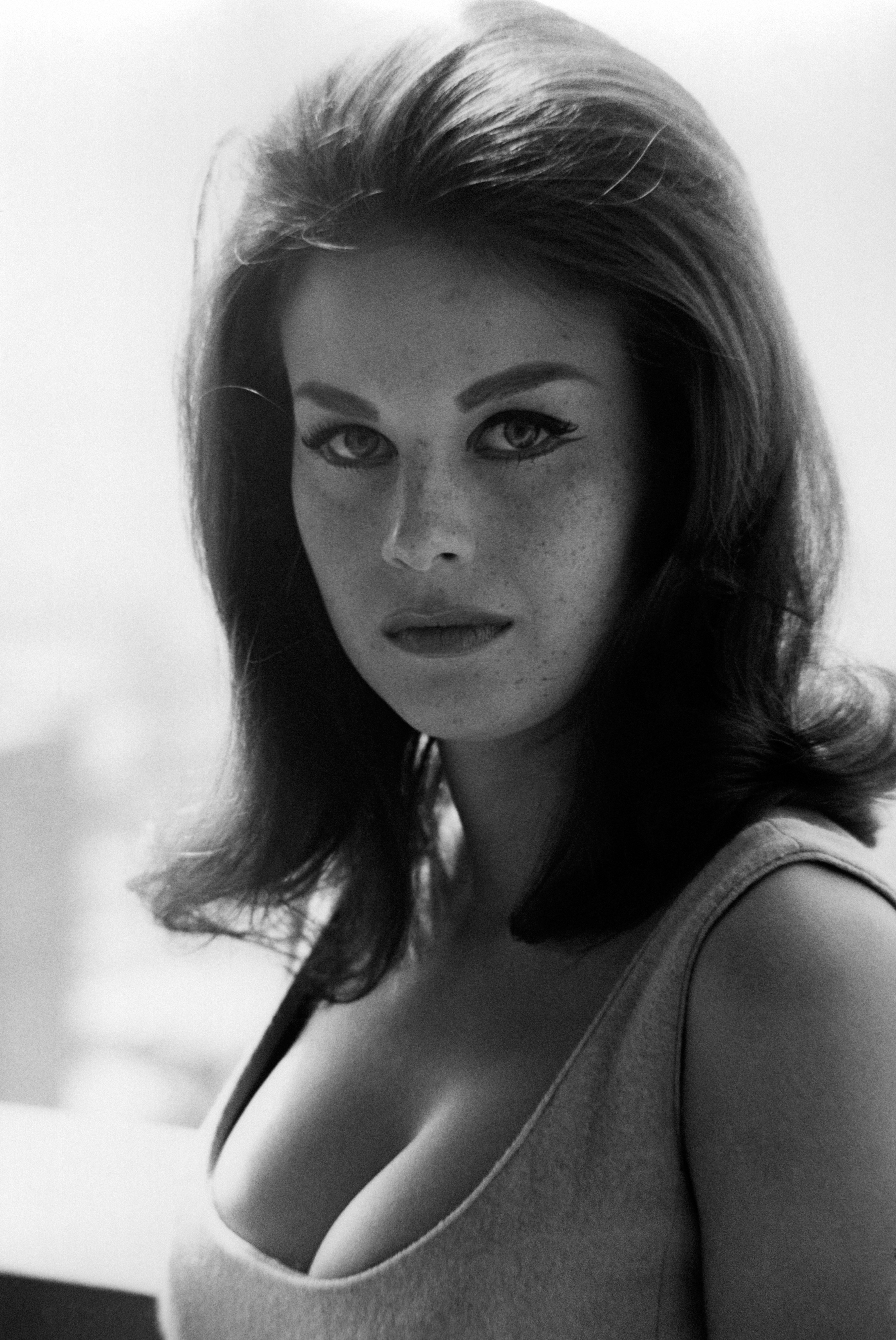
A black and white portrait of the former child actress, dated 1966 | Source: Getty Images
A Childhood Spent on Soundstages
She was born into a family already familiar with the film industry. Her first appearance on camera came as a baby, though the footage didn't make the final cut. Her first credited role was when she was ten, playing the younger version of her older sister's character in a major studio western.
That sister would go on to become one of the most recognizable figures in American film. By her teens, she was auditioning regularly and booking steady work. She appeared in various television shows throughout the 1960s, gradually moving from guest roles to recurring characters.
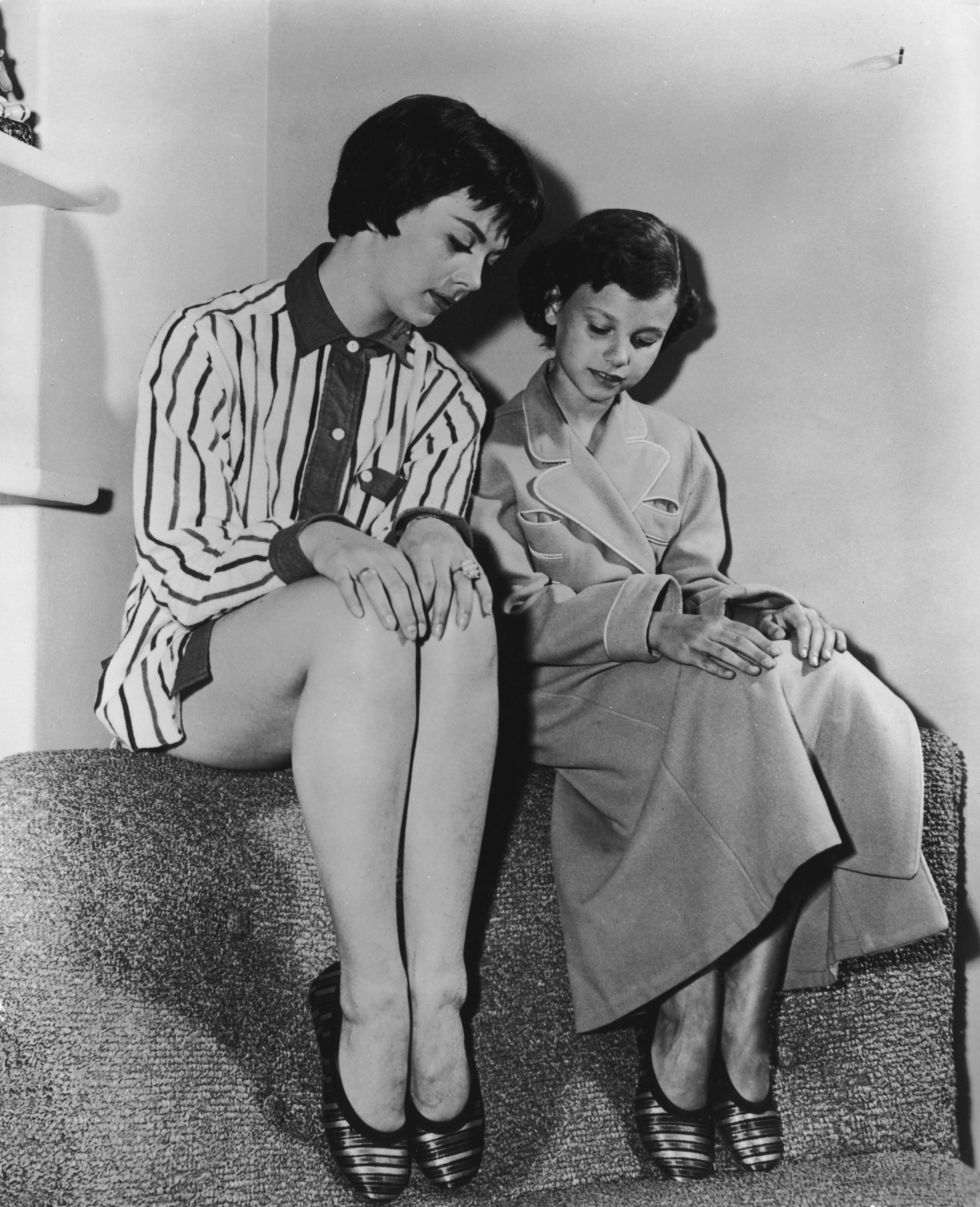
A publicity photo taken of the sisters in 1956 | Source: Getty Images
From the outside, it looked like the start of a lasting career. Behind the scenes, she was trying to carve out her path while living in the shadow of a sister already considered Hollywood royalty. By the late 1960s and into the 1970s, her career had gained momentum.
She took on roles that highlighted both her screen presence and versatility, from crime dramas to westerns. Her performances were often described as bold and unfiltered, and she quickly became recognized for her striking looks and strong personality.

The actress poses during a photocall to announce she would be playing the role of Plenty O'Toole in the James Bond film, "Diamonds Are Forever," pictured on April 5, 1971 | Source: Getty Images
It was during this period that she secured the role that would come to define her public image: a glamorous and outspoken character in a James Bond film. The part brought her international attention and remains one of her most remembered appearances.
In the years that followed, she continued working in television and film, while also raising her daughter. With time, her focus shifted more toward her personal life. She continued to act, but not with the same intensity or frequency as before. Her attention was increasingly on her daughter, who had grown up outside the public eye.
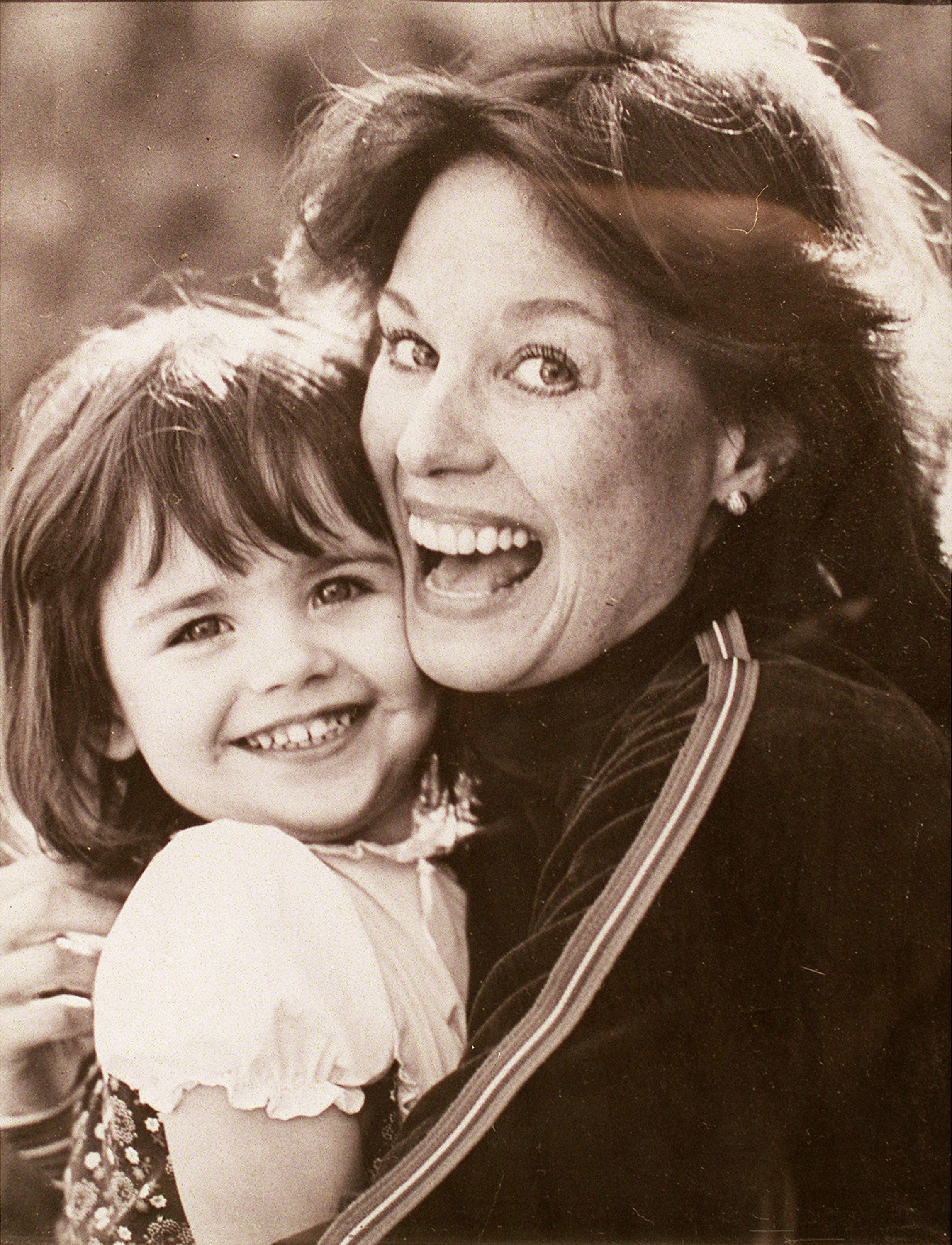
The actress poses with her daughter | Source: Getty Images
She also remained vocal about her sister's legacy, especially regarding the circumstances surrounding her death in the early '80s. In interviews and in a book she later published, she called for clarity and accountability. That public stance caused tension with some family members, leaving her with limited support when life took a difficult turn years later.
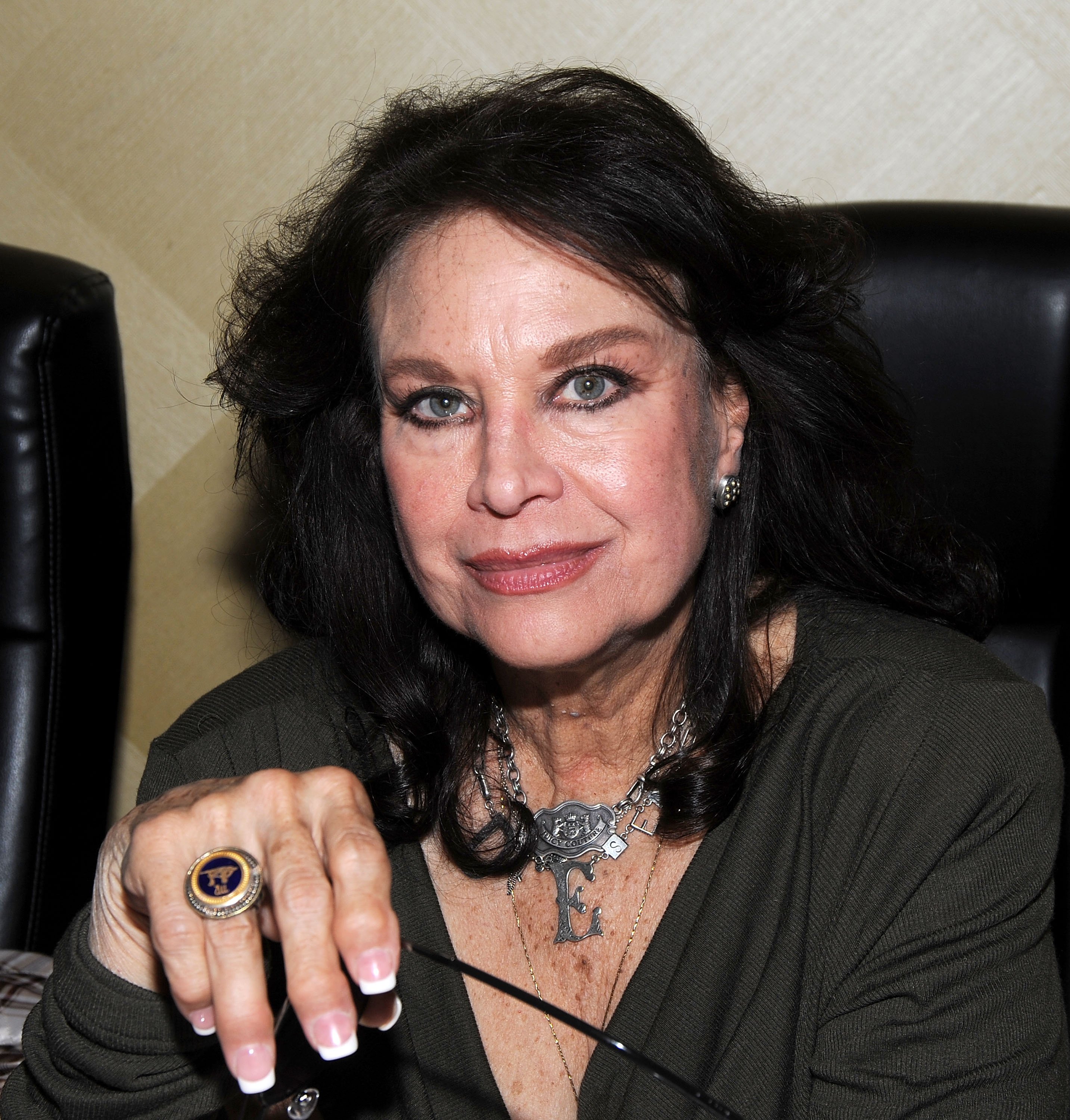
The actress attends the 2011 Chiller Theatre Expo at the Hilton Parsippany on October 29, 2011 | Source: Getty Images
When Illness Upended Everything
Her daughter, Evan, had long struggled with health issues. However, the diagnosis that would disrupt their lives came when she was found to have Hodgkin lymphoma. This rare type of cancer originates in lymphocytes, a kind of white blood cell within the lymphatic system.
Most cases begin in the lymph nodes of the neck or chest and can cause significant internal stress before outward symptoms appear. Though it is considered one of the more treatable cancers, treatment isn't without consequences.
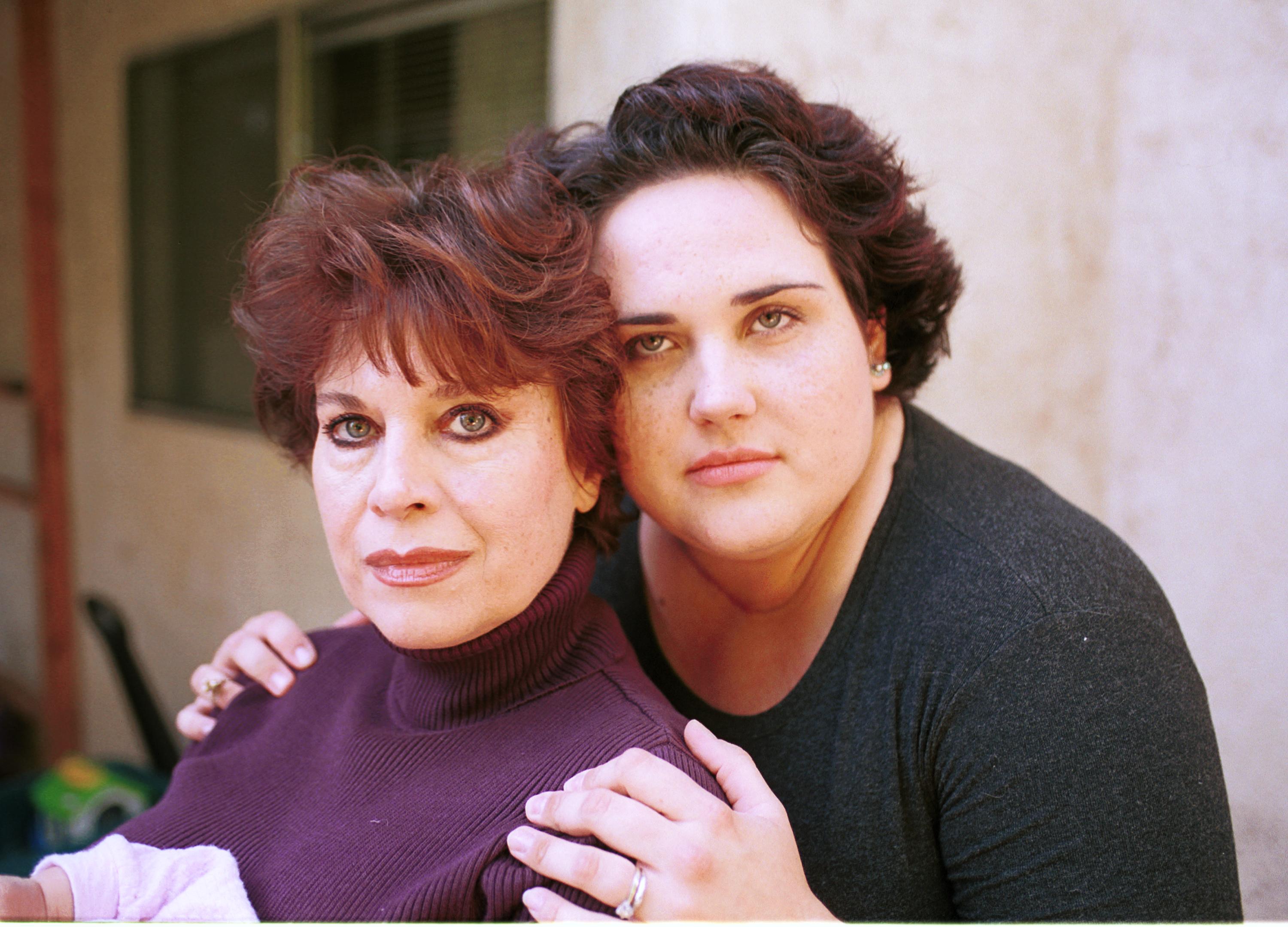
The actress poses with her daughter Evan on September 28, 2000 in Thousand Oaks, California | Source: Getty Images
Evan underwent radiation therapy, which scarred her lungs and left her permanently reliant on oxygen support. "She's all hooked up to oxygen," her mother once explained. "She can't walk across a room without becoming terribly winded… She's really not well."
Symptoms of Hodgkin lymphoma can vary but often include painless, swollen lymph nodes in the neck, underarm, or groin. Other signs may include persistent fatigue, unexplained fevers, night sweats, unintentional weight loss, itchy skin, abdominal or chest pain, swelling, and shortness of breath — many of which Evan experienced as her condition worsened.
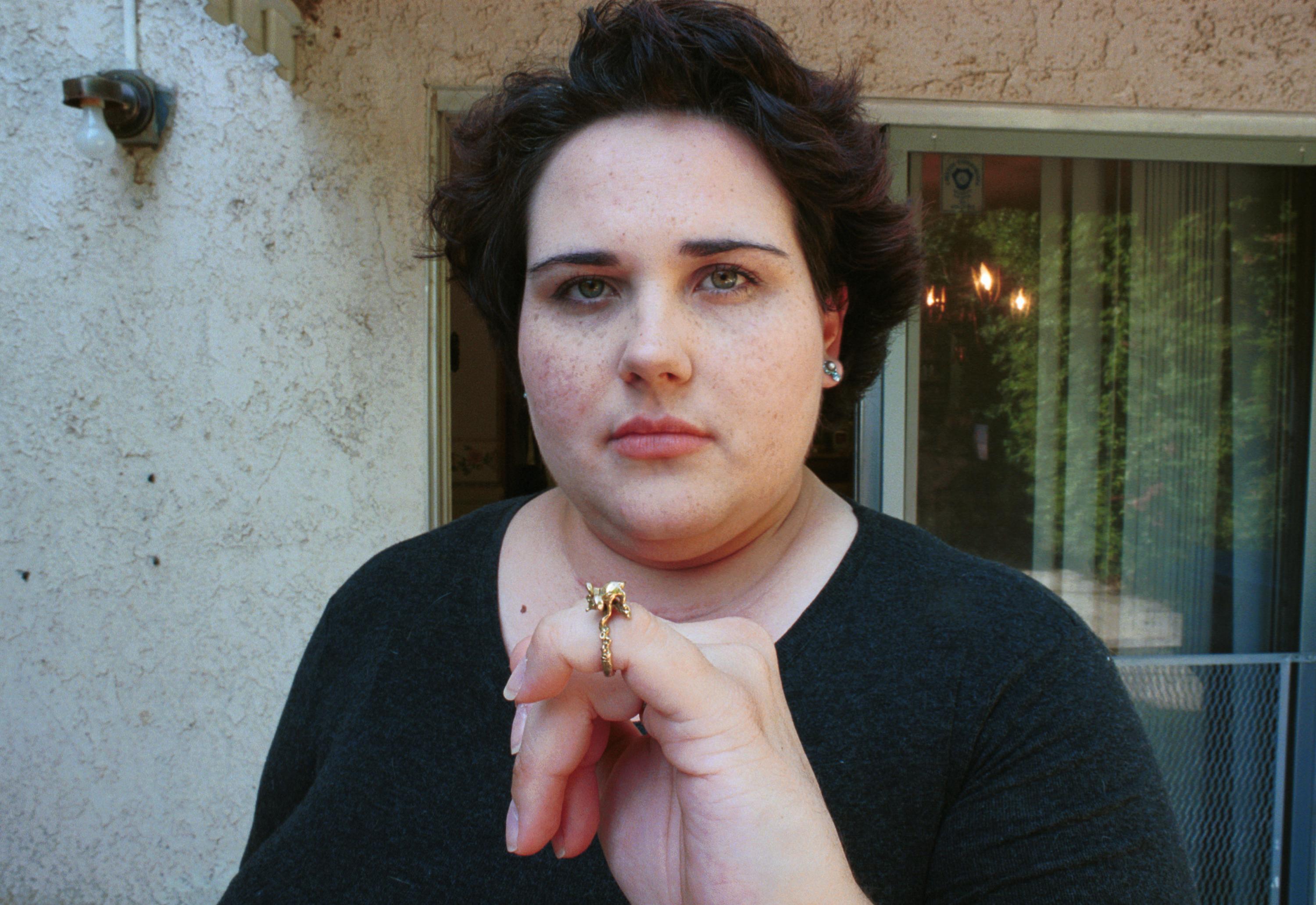
Her daughter Evan shows off a small ring given to her by her mother's sister, the late actress on September 28, 2000 | Source: Getty Images
According to health experts, certain factors increase the risk of developing Hodgkin lymphoma. These include being between 20 and 39 years old or over 65, having a family history of the disease, and being male. However, Evan had a subtype more common in females, known as nodular sclerosis.
Additional risk factors include organ transplants, which require immunosuppressant medications, and exposure to viruses such as HIV, human T-lymphotropic virus type 1, or Epstein-Barr virus.
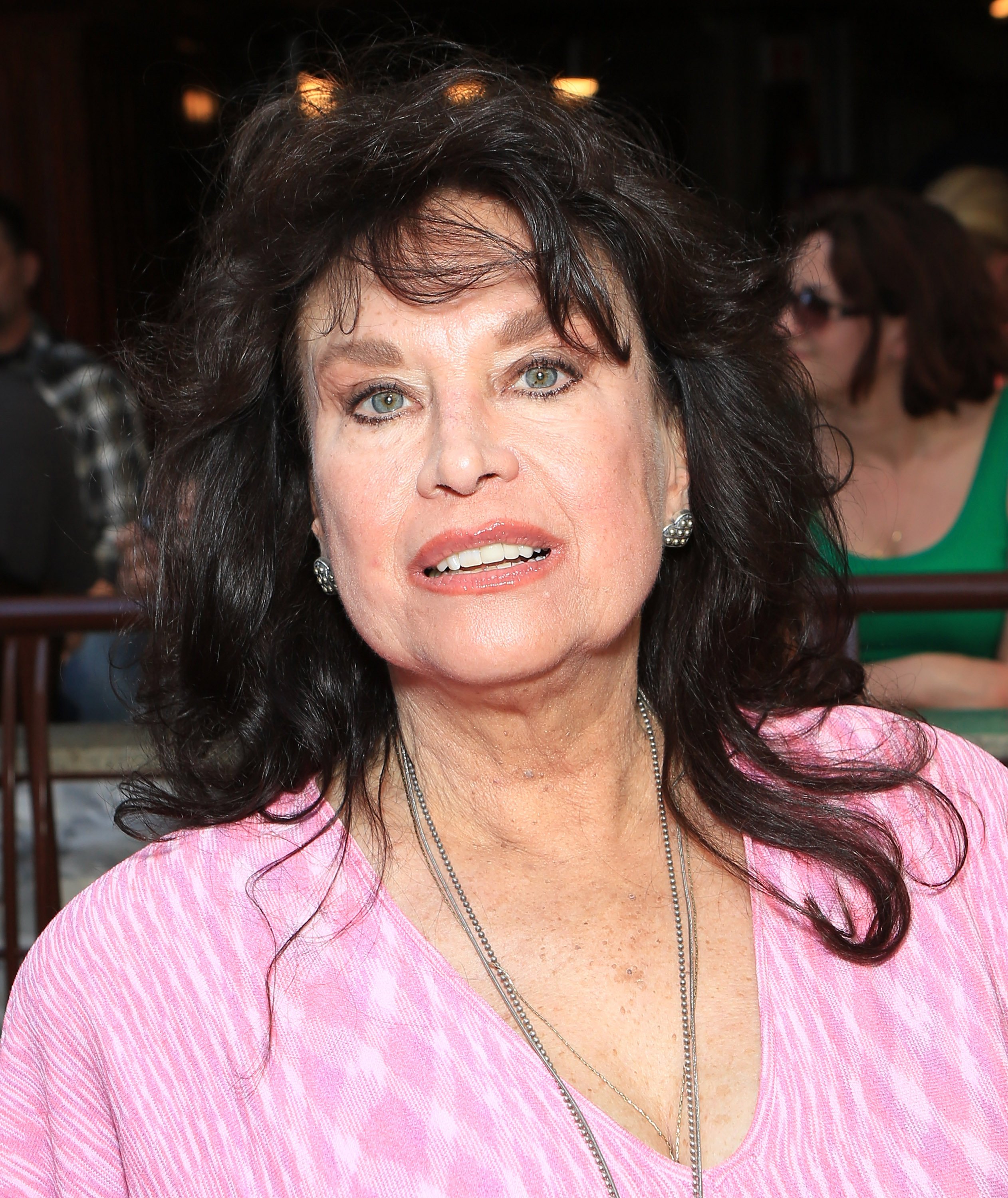
The actress arrives at the opening ceremony of Las Vegas Car Stars at the Fremont Street Experience on May 17, 2013 | Source: Getty Images
For Evan, the illness was persistent and complex. Despite completing cancer treatment, her lung function never recovered. She required two oxygen units to get through the day.
Meanwhile, the cost of long-term care — appointments, equipment, prescriptions — mounted quickly. The once successful Hollywood icon did what she could to keep up, but it soon became clear that the financial pressure was growing beyond what she could manage.
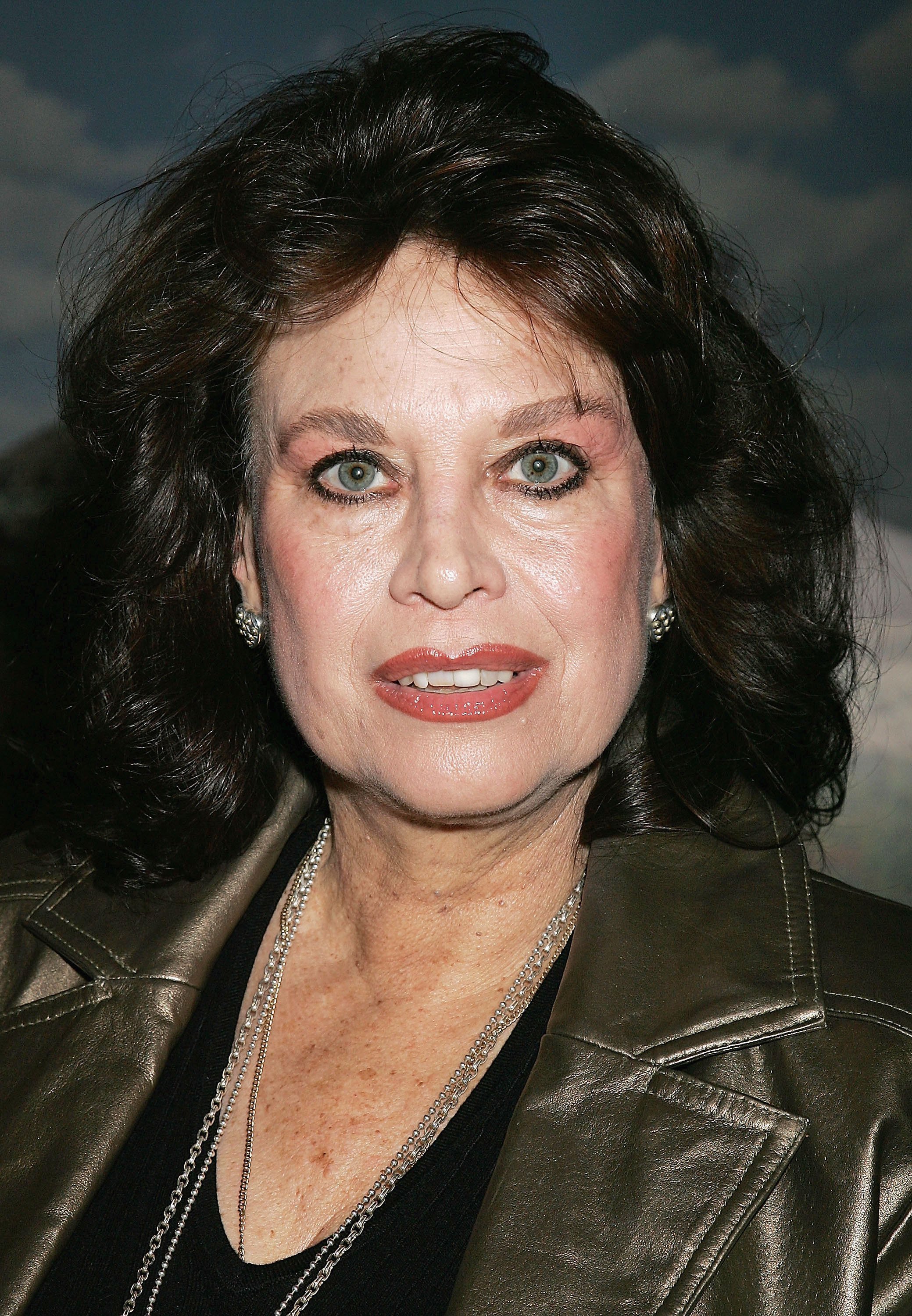
The actress attends an Academy of Motion Picture Arts and Sciences special 50th anniversary screening of "The Searchers" on June 23, 2006 | Source: Getty Images
Forced Out with Nowhere to Go
The financial strain of Evan's medical care soon overwhelmed the family. As treatment continued, their household income couldn't keep pace with rising expenses. After nearly eight years in their California home, they were told they had just seven days to leave. There was no time to plan, and no savings left to fall back on.
The '70s icon remembered pleading with the authorities for more time, but it didn't change anything. "They came and woke us up and said, 'This is it. You've got to leave the house,'" she recalled. When she asked if they could at least collect their belongings and bring their cats, the answer was no.
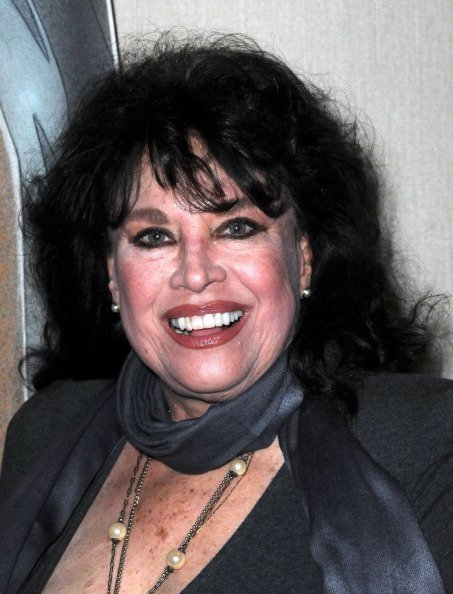
The actress attends day 1 of The Hollywood Show held at Westin LAX on January 12, 2013, in Hollywood, California. | Source: Getty Images.
"I said, 'You must allow me to have my medications.' So the sheriff said, 'Okay, fine,' but he followed me and said, 'You can only take those bottles of pills and that's it,'" she remembered what she called a "traumatic" experience.
They lost nearly everything that day, including their pets. The former Bond girl, her daughter, her son-in-law, her three grandchildren, and two dogs had no choice but to pack into their vehicle and drive away. "We were absolutely homeless," she narrated. "Sitting in a car with our dogs and wondering what was going to happen."
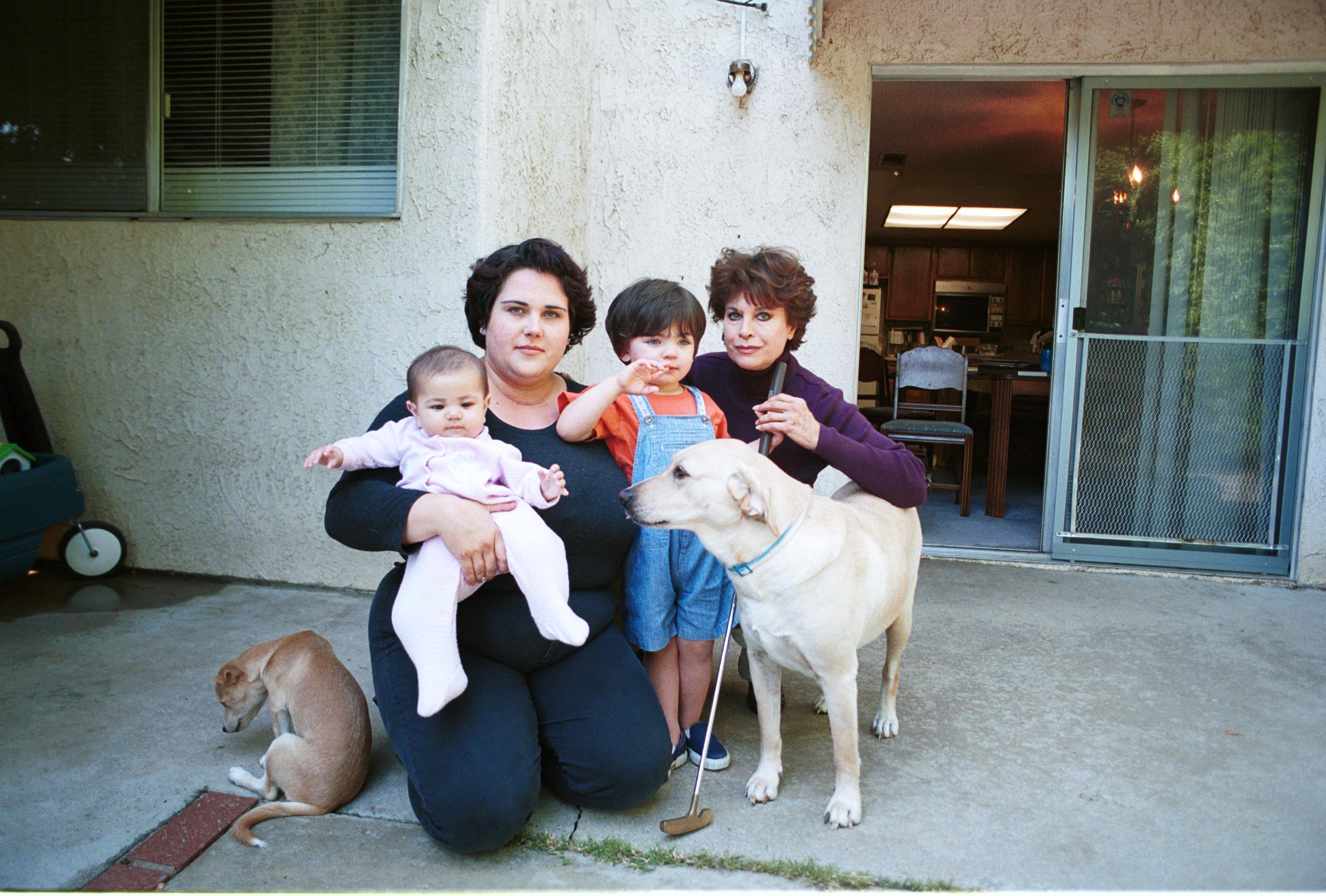
The actress pictured with her family, granddaughter Daphne, daughter Evan and grandson Nicholas at their backyard on September 28, 2000 in Thousand Oaks, California | Source: Getty Images
A Bond Girl in a Motel Room
Eventually, they found a temporary place to stay, a small motel room just outside Los Angeles. It wasn't home, but it was the only option left. The room had two beds, a cot, and barely enough space for the six people and two dogs sharing it.
Their meals came from fast-food counters, eaten at a small patched-up table with thrifted chairs, two of which had already broken. There was no kitchen, only a microwave and a few snacks lined up on a shelf. "Yes, yes—high tech," she said dryly when asked if that counted as a kitchen.
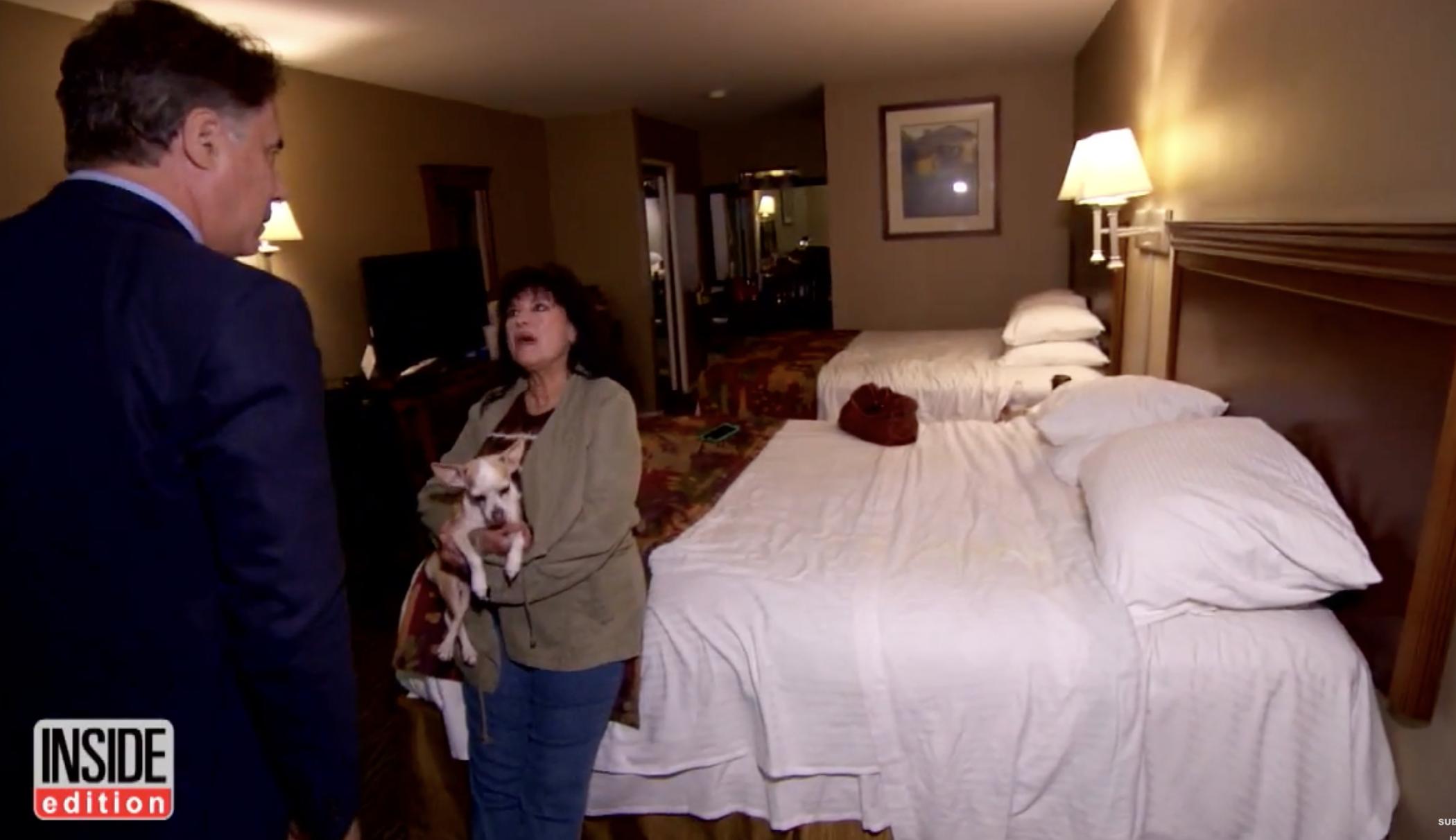
The actress gives a tour of her motel room, from a video dated April 26, 2017 | YouTube/@InsideEdition
For Lana Wood, it was a far cry from the homes she'd lived in before. Years earlier, she had played Plenty O'Toole in "Diamonds Are Forever," starred in television dramas, and regularly attended industry events. At 71, she was sharing a motel bed with her grandson Max. Evan and her husband slept in the other bed, while the oldest grandson made do with the cot.
Gone were the designer gowns and red carpets. Wood shopped at Goodwill and measured her blessings in small wins: a place to sleep, food to share, and children who still had her to rely on. When asked how someone with such a visible past had ended up there, her response was quiet and direct. "Real life," she quipped.

A view of the motel room, from a video dated April 26, 2017 | YouTube/@InsideEdition
A Lifeline from Strangers
After her story was shared publicly, supporters quickly responded. A friend created a GoFundMe campaign, explaining that Wood was not only facing homelessness, but also carrying the full weight of her family's needs, her daughter's illness, the grandchildren, and even the family's rescue animals.
"Everything is on her shoulders at the minute," the page read. "Nobody at Lana's age should be stuck in this position, especially after what she has been through."
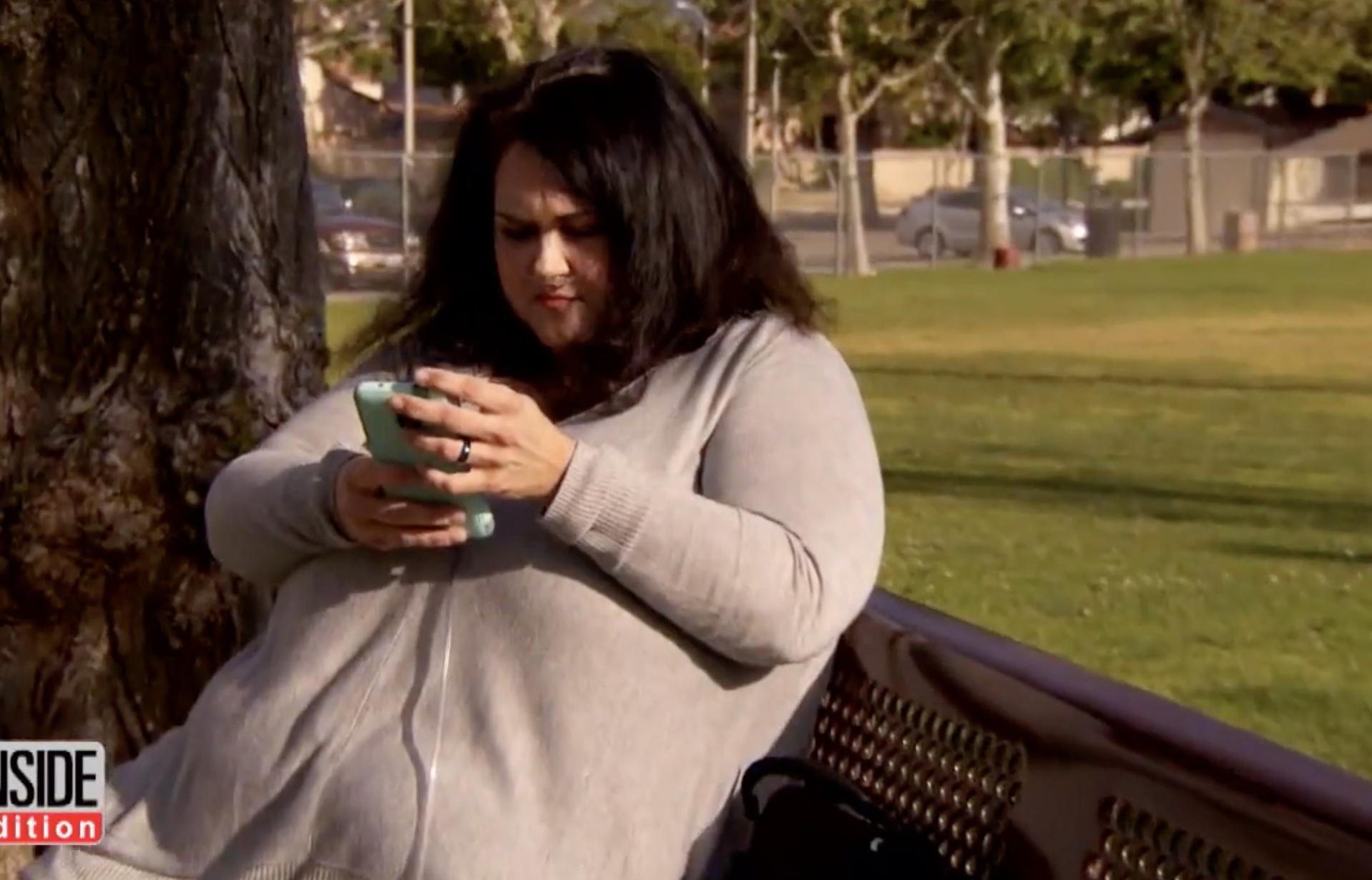
Lana Wood's daughter Evan, as seen in a video dated April 26, 2017 | YouTube/@InsideEdition
The response was immediate. The campaign originally set a goal of $10,000, but the response far exceeded expectations. More than 580 donations poured in, ultimately raising $39,635, enough to help Wood and her family move out of the motel and into a modest rental.
Wood was stunned by the generosity. "If I wasn't able to touch [that money], I wouldn't have electricity, water, or a roof over my head," she later said. She kept her supporters updated with heartfelt messages on the fundraising page.

Lana Wood walks with Evan, as seen in a video dated April 26, 2017 | YouTube/@InsideEdition
She thanked donors for their kindness and said she had never felt so cared for. "I seriously didn't think I'd make it through this part of my life. It felt like the end," she wrote. "You have literally saved a life at a time when my family and I were hopeless." Wood remained active on the GoFundMe page, sharing small victories as she tried to rebuild their home and routine.
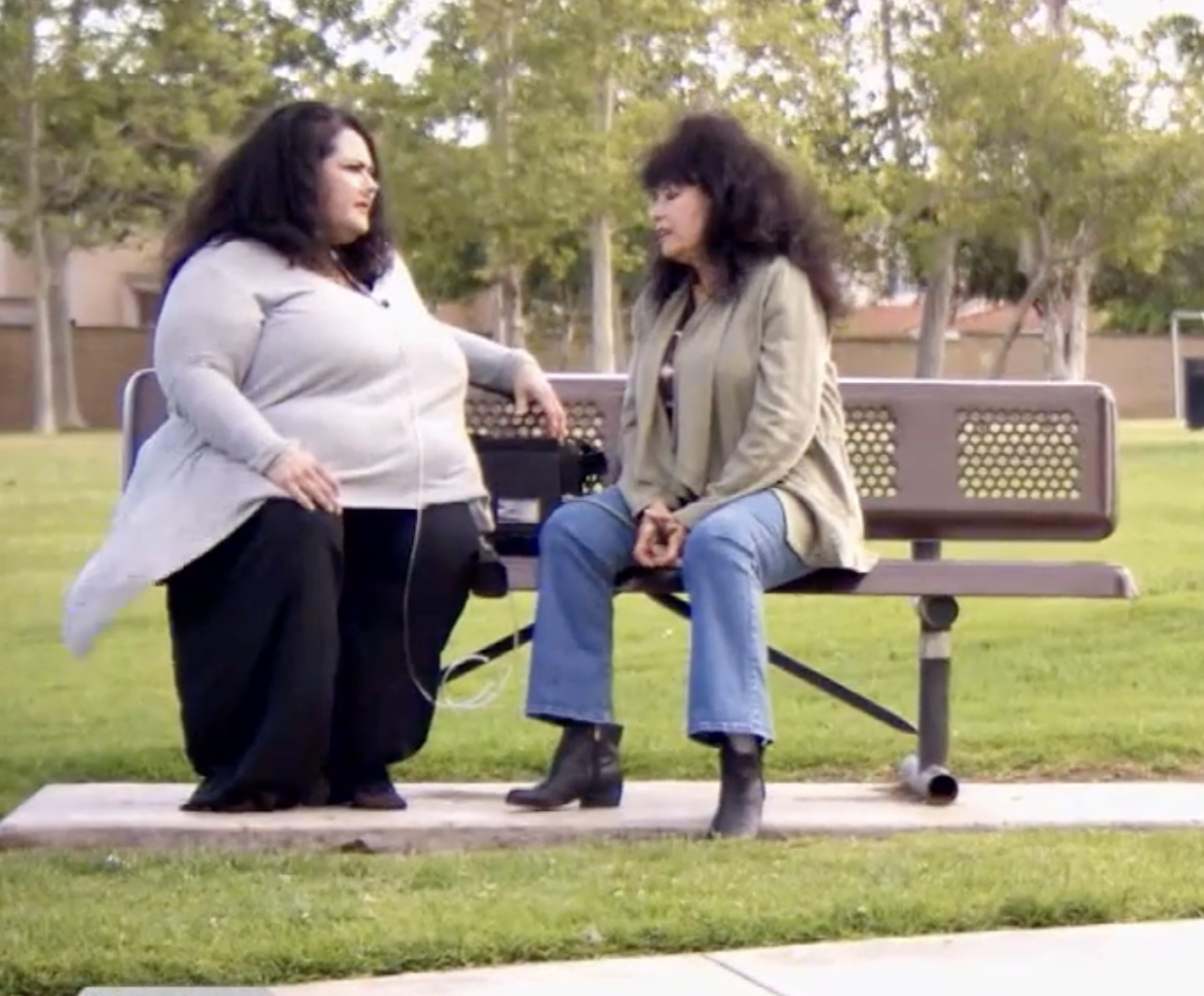
Lana Wood and Evan, as seen in a video dated April 26, 2017 | YouTube/@InsideEdition
A Sudden, Unthinkable Loss
Just as the family had begun to settle into a new routine, Evan's health got worse. She went into full cardiac arrest and had no heartbeat for over 20 minutes. Doctors intubated her and placed her on life support, but the prognosis was grim. Wood was left to manage a household in crisis while holding onto hope that her daughter might survive.
The updates she posted during that time were filled with urgency and heartbreak. "I cannot believe all this has happened," she wrote. Evan was declared brain dead at 42.
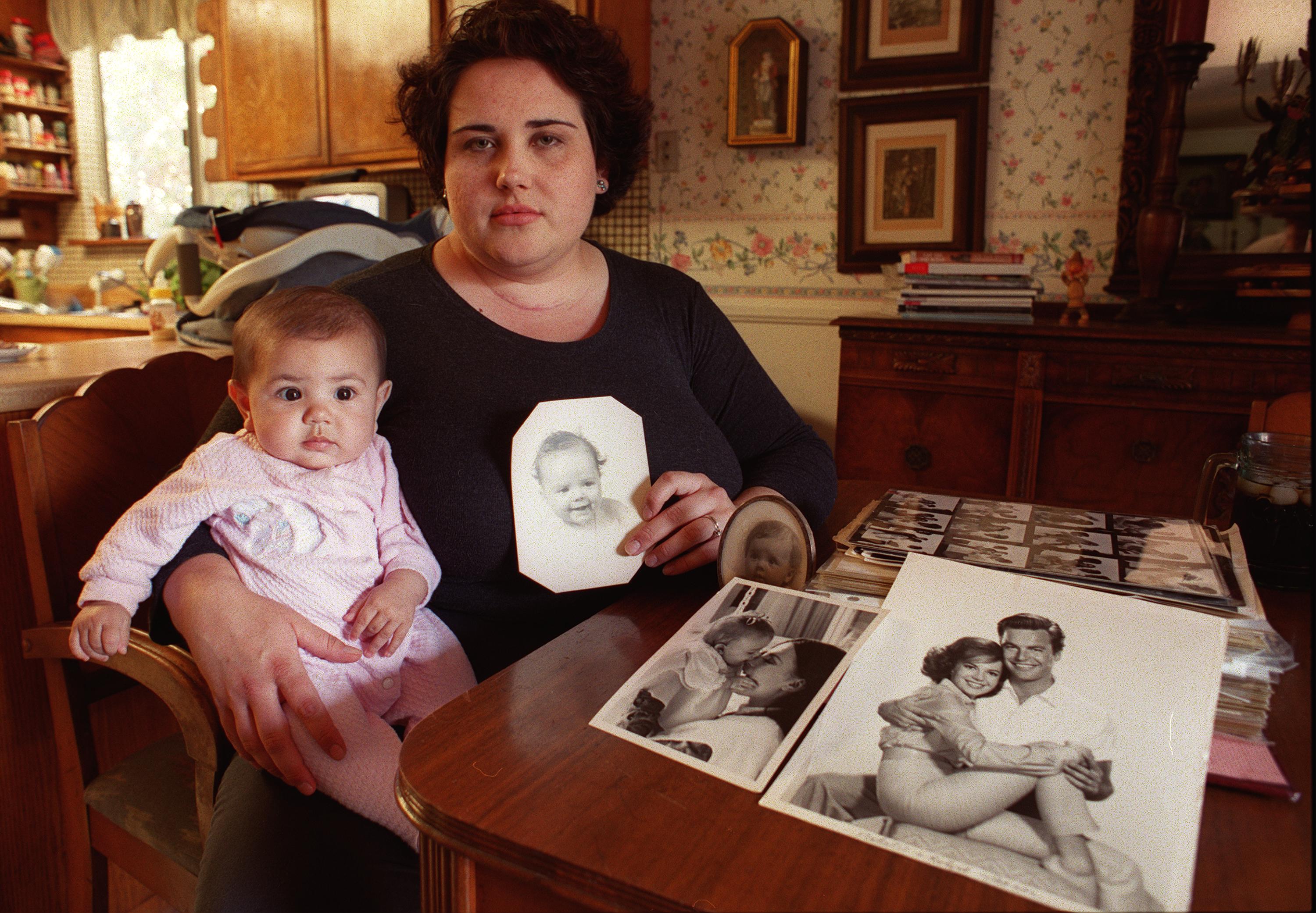
Lana Wood's daughter, Evans, poses with her 6-month-old daughter, Daphne on September 29, 2000 | Source: Getty Images
Wood shared the news with her supporters online, calling it the most devastating moment of her life. "I never thought I would be planning my daughter's funeral. But here I am… in deep desperation and agony," she shared.
She described her grandchildren as being in denial, and said both she and Evan's husband were overwhelmed with depression. She asked for continued support, not for herself, but to give Evan a proper burial. "Nothing fancy," she explained. "Just basics but done with great love."
Living with Pain, Pushing Through
Even before Evan's death, Wood had been dealing with chronic health issues of her own. She was diagnosed with osteoarthritis and rheumatoid arthritis, conditions that caused constant joint pain, swelling, and limited mobility. Over the years, doctors tried various treatments, but nothing brought long-term relief. "I literally live in pain 24/7," she revealed.
Arthritis is common, especially in people over 50, and typically causes joint pain, stiffness, and inflammation. Wood's condition affected her knees, hands, and neck. "I've been told I have absolutely no cartilage left in my neck," she shared. "My hands are a nightmare."
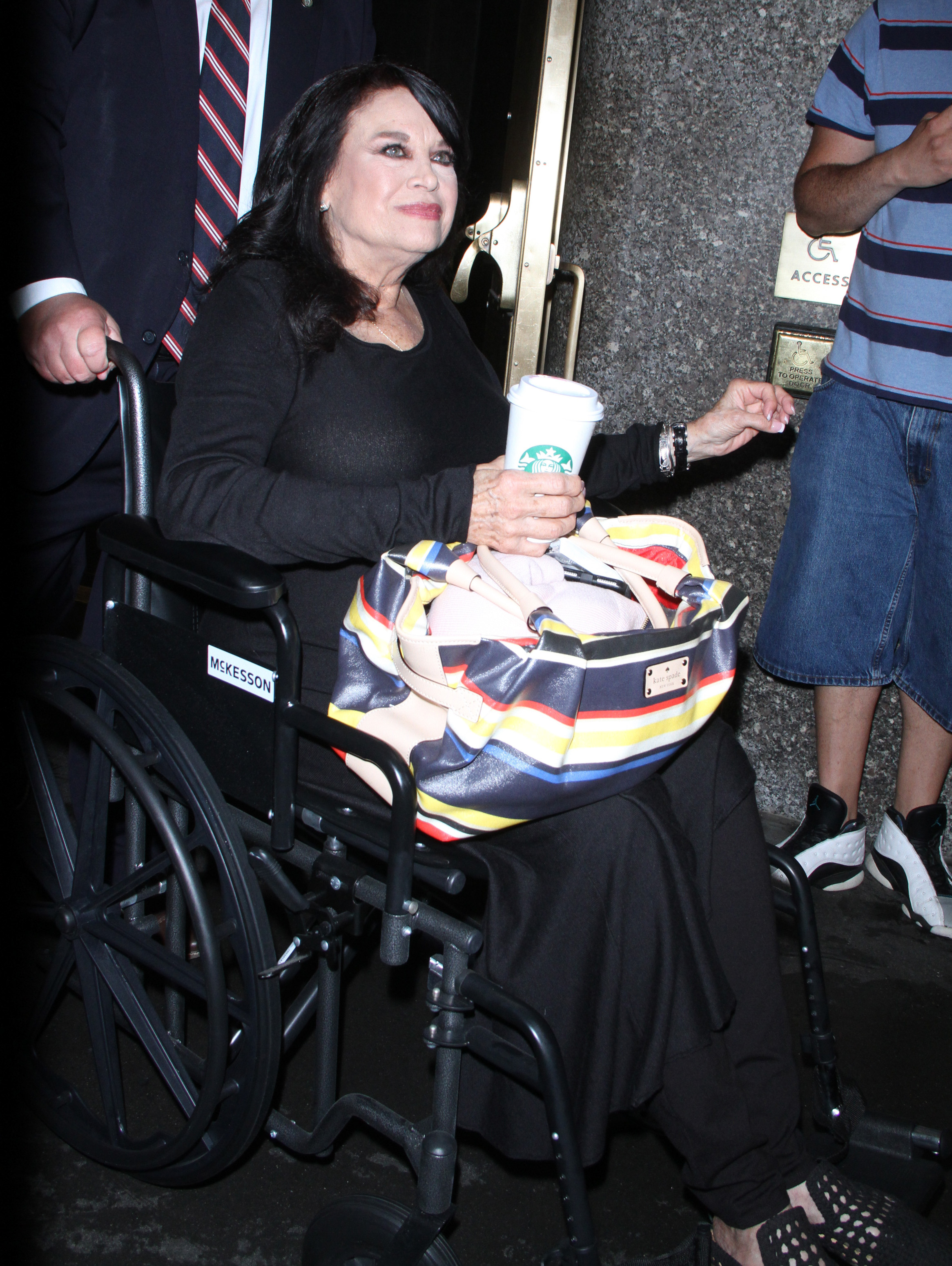
Lana Wood is seen on July 25, 2018 in New York City | Source: Getty Images
She added that she was "just waiting to see what else starts hurting," a reflection of how her symptoms had spread unpredictably over time. Arthritis often affects multiple joints, and in her case, the condition had gradually worsened, moving from one part of her body to another.
Depending on the type, symptoms might come and go in waves, called flares, or remain constant, especially after physical activity. Common signs of arthritis include reduced range of motion, swelling, joint tenderness, heat or warmth near the joints, and sometimes skin discoloration.
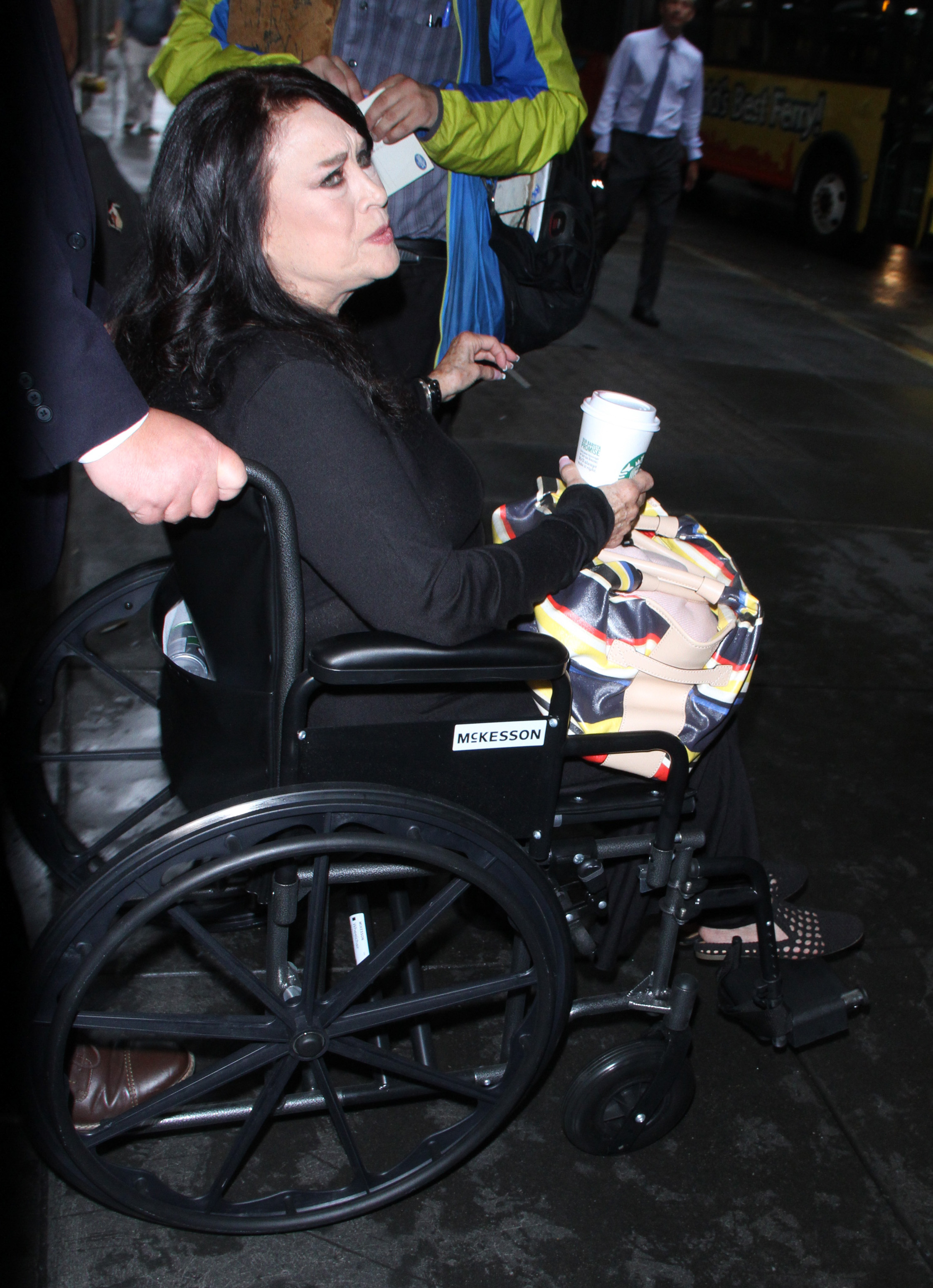
Lana Wood is seen on July 25, 2018 | Source: Getty Images
For Wood, walking even short distances, such as from her car to a grocery store's handicap cart, was a challenge. Yet she still made the trip when she could. "I'm so grateful to be able to buy groceries," she stated. "It certainly dulls the pain."
There is no cure for arthritis, but treatment options can help manage the condition. Depending on the type, doctors may recommend medications, physical therapy, or lifestyle changes. In more severe cases, like Wood's, joint replacement may be considered if other treatments fail.
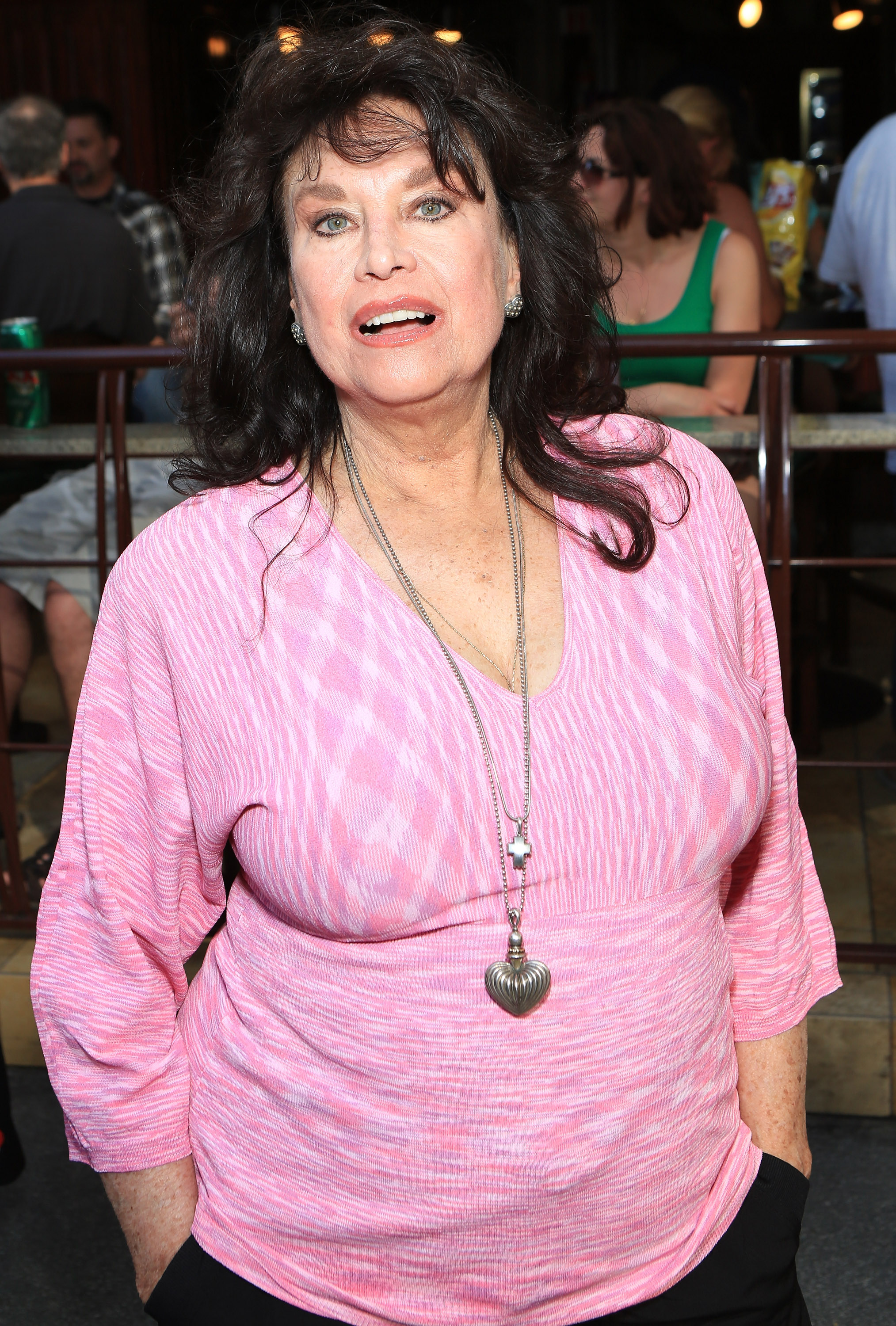
Lana Wood arrives at the opening ceremony of Las Vegas Car Stars on May 17, 2013 | Source: Getty Images
Wood had already tried several options, but none had brought lasting relief. She also managed high blood pressure, took daily medications, and leaned on vitamins to get through the day. For years, she said, she endured the pain quietly without telling anyone how bad it had become.
"I just kept my mouth shut," she admitted. "Which is probably not the smartest thing to do." Still, despite the constant pain, she remained focused on what needed to be done, maintaining her home and continuing to care for her grandchildren.
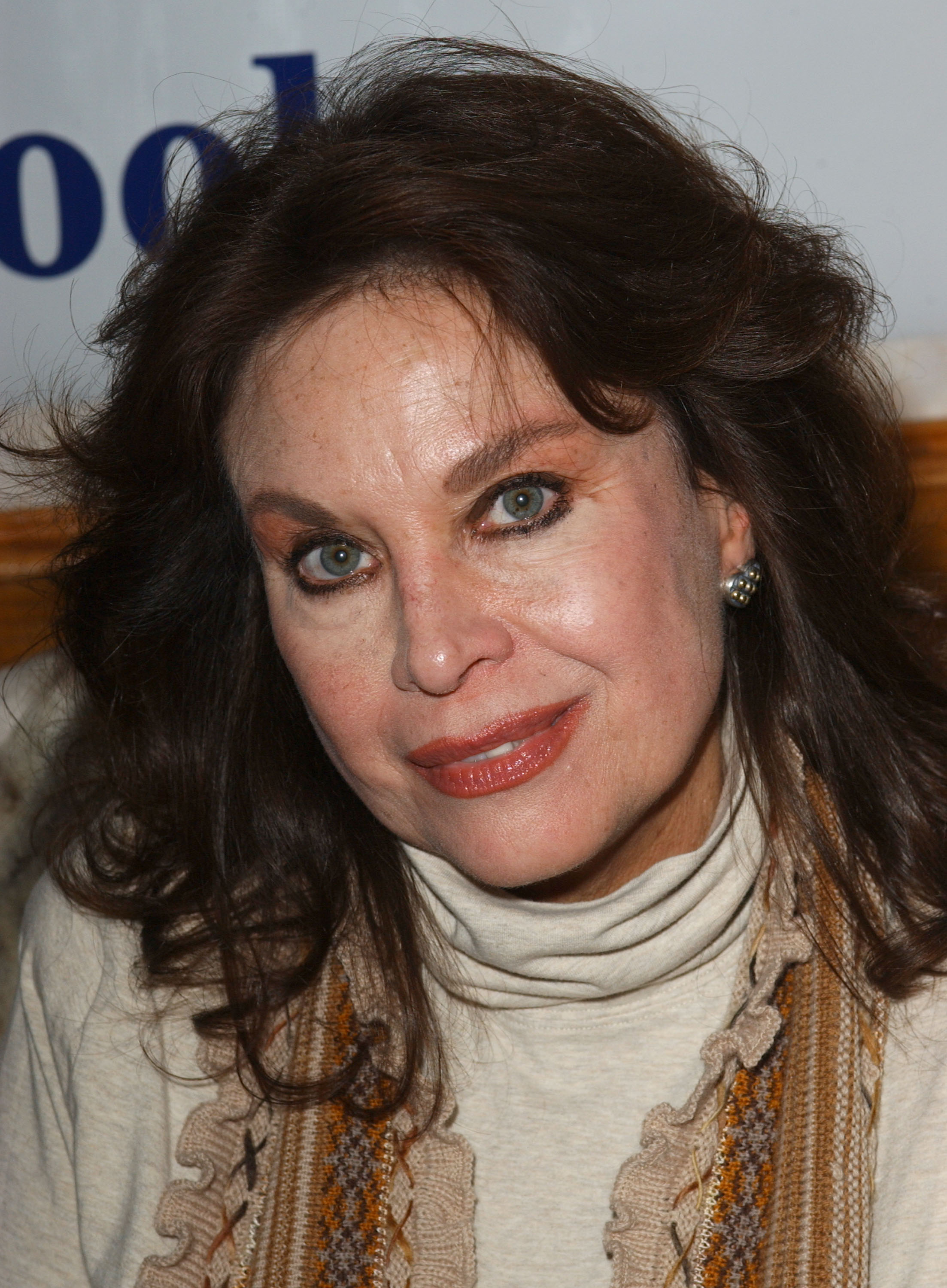
Lana Wood attends the Celebrity Meet & Greet to Benefit the Breast Cancer Fund on January 13, 2007 | Source: Getty Images
Playing a Character Who Felt All Too Real
In 2022, Wood returned to the screen in an independent film titled "Dog Boy." She played Vera Summers, a once-famous actress facing financial hardship and personal reckoning. The role was fictional, but for Wood, it struck an unexpectedly personal chord.
"There were some moments when it could have been me," she reflected. "It fascinated me. Scared me. But it was really great to do." The film followed Summers as she crossed paths with a Navajo cab driver who helped her see life through a different lens.
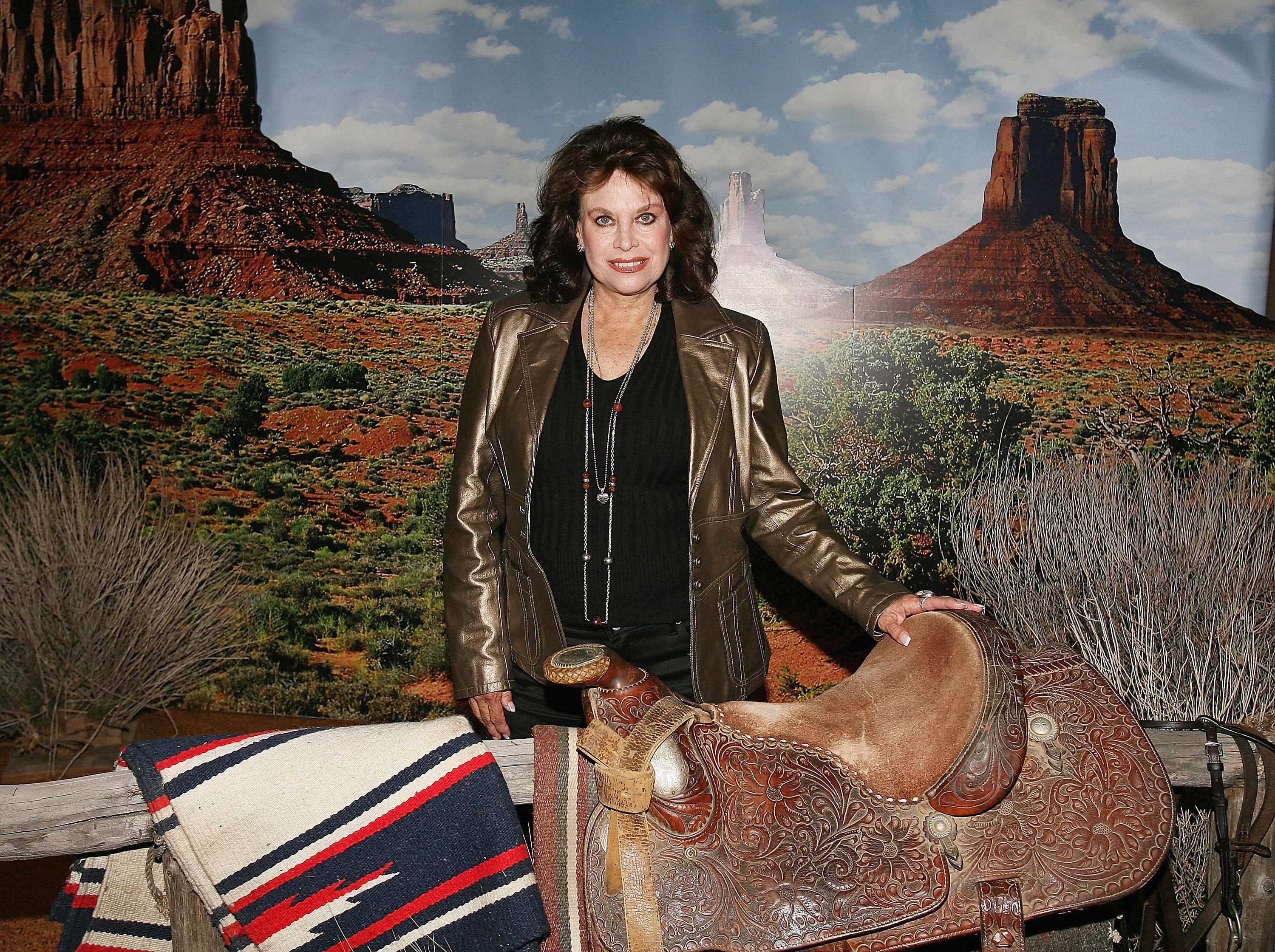
Lana Wood attends the special 50th anniversary screening of "The Searchers" on June 23, 2006 | Source: Getty Images
Wood said she identified closely with the emotional territory the character explored — loss, vulnerability, and the slow process of rebuilding a life after everything falls apart.
Though "Dog Boy" wasn't a major studio release, it marked a return to creative work after years spent focused entirely on family and survival. It also gave her a space to reflect on how much had changed and how much of her strength remained.
The information in this article is not intended or implied to be a substitute for professional medical advice, diagnosis or treatment. All content, including text, and images contained on news.AmoMama.com, or available through news.AmoMama.com is for general information purposes only. news.AmoMama.com does not take responsibility for any action taken as a result of reading this article. Before undertaking any course of treatment please consult with your healthcare provider.
